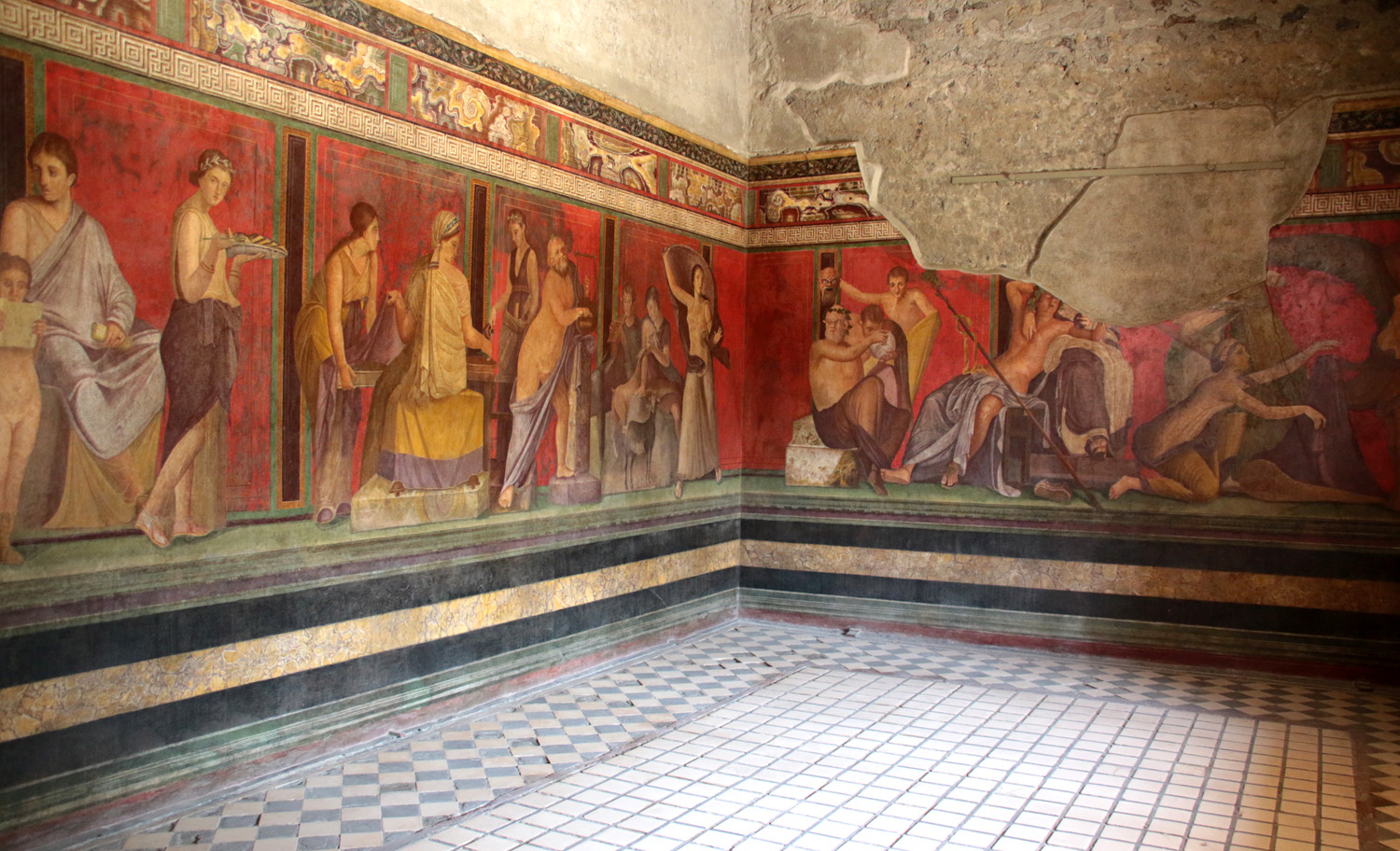Instead of trying to induce immersion by presenting ever more realistic image spaces, interfaces of immersive media have to address the body by enabling kinæsthetic action.
While proponents of new media or computer sciences regard current technologies of virtual realities such as the Oculus Rift (Oculus VR 2016) as the pinnacle of immersive media, representations and illusions of three-dimensional spaces in fact start with early art forms. Coupled with the creation of illusionary spaces are the attempts of physically or mentally entering such designed, augmented or artificial environments. Hence, the concept of immersion cannot be regarded solely as an effect of digital media technology or modern interfaces. Some immersive techniques can be connected to earlier forms of artistic media and cultural practices, and thereby situated within general acts of perception. Other forms of immersion, especially those based on computing systems, derive from current innovations and technologies, and are therefore just being formed and stabilized as new cultural programs. Taking a closer look at some milestones of the art of illusionary spaces might help to liberate the concept of immersion from the technical or solely digitally-oriented rubrics under which it is often thought of. […]
Early Forms of Immersionin Illusionary Spaces
[Historian] Oliver Grau’s extensive research has proven that the genre of immersive aesthetic spaces has been actively pursued since pre-modern times:
The idea of virtual reality only appears to be without a history; in fact, it rests firmly on historical art traditions, which belong to a discontinuous movement of seeking illusionary image spaces.11 Oliver Grau, Virtual Art. From Illusion to Immersion (Cambridge, MA: MIT Press, 2003), 339, http://b-o.fr/grau
[…] Early examples of illusionary spaces can be found in antiquity, with the paintings and frescoes covering the walls of Pompeii (60 BC).22 Ibid., 25. For example, in the Villa dei Misteri circular frescoes offered visitors a full 360º vision on surrounding walls. In 1787, Robert Barker patented a rather similar technique of painting a completely circular canvas in correct perspective under the name of “Panorama”
In 1787, Robert Barker patented a rather similar technique of painting a completely circular canvas in correct perspective under the name of “Panorama”  ;derived from the Greek words “pan,” for all, and “orama,” for view. Such panoramas were exposed in specially designed, circular buildings, so-called rotundas, with a typical diameter of forty meters and a height of up to twenty meters. The panorama building “was so designed that two of t…
;derived from the Greek words “pan,” for all, and “orama,” for view. Such panoramas were exposed in specially designed, circular buildings, so-called rotundas, with a typical diameter of forty meters and a height of up to twenty meters. The panorama building “was so designed that two of t…